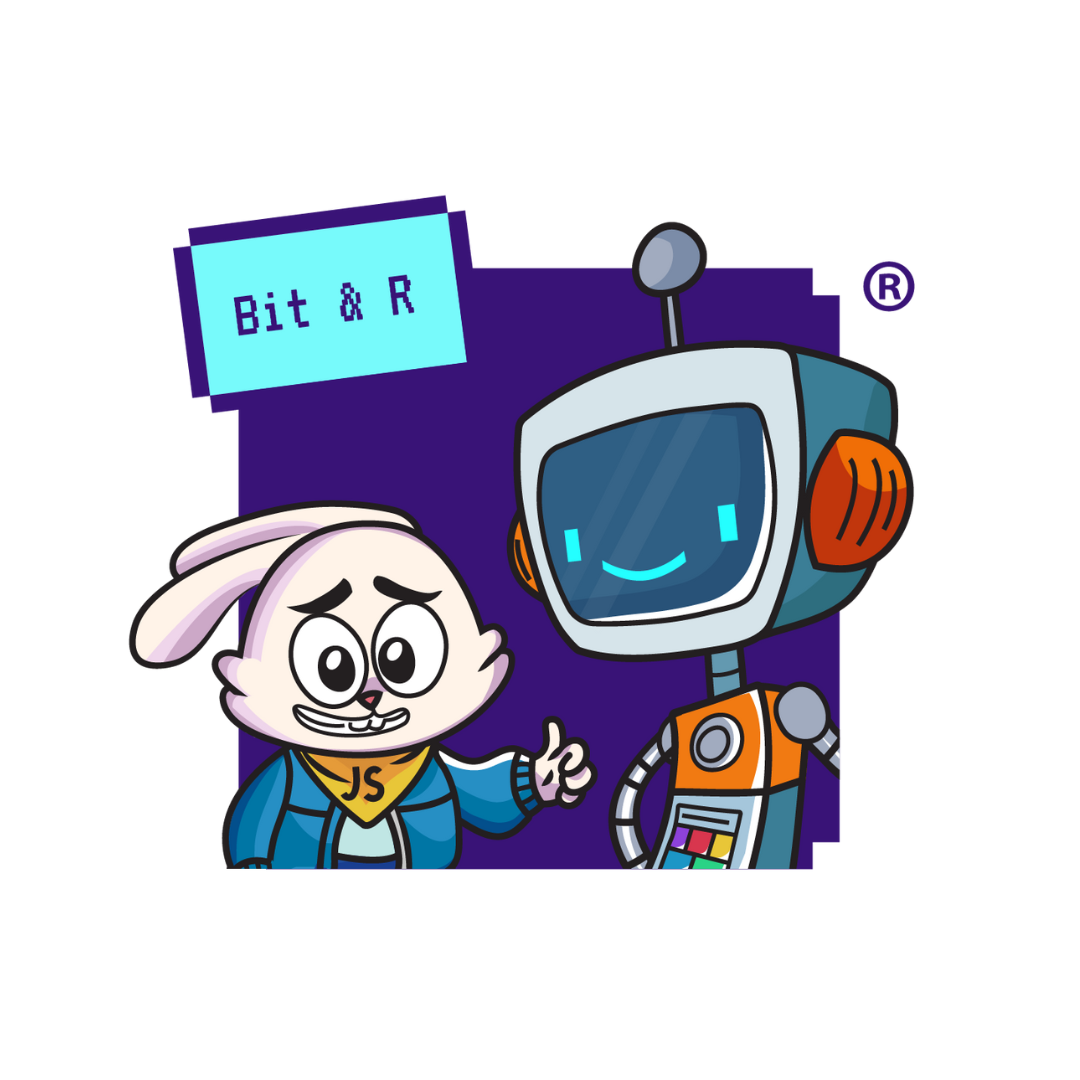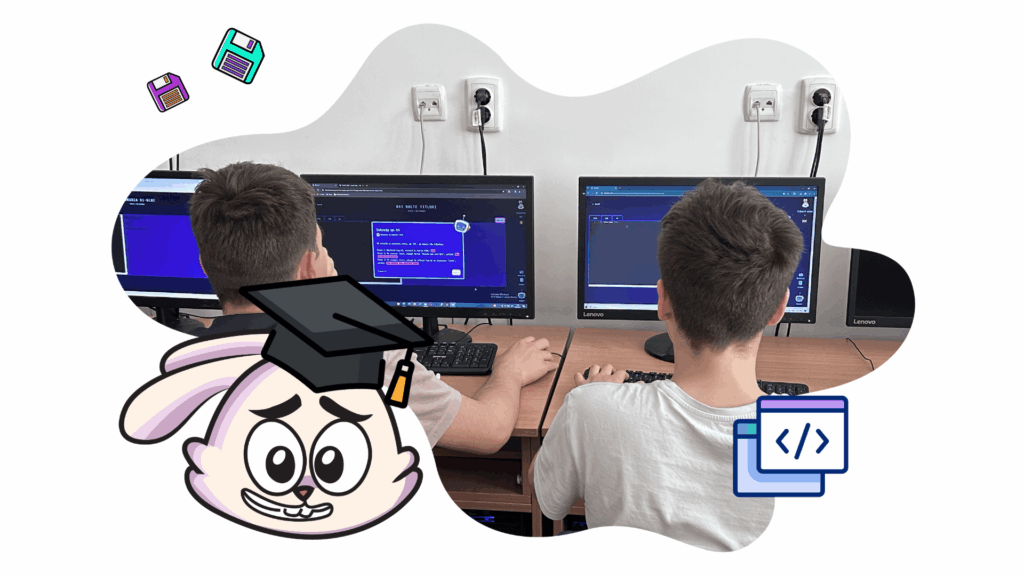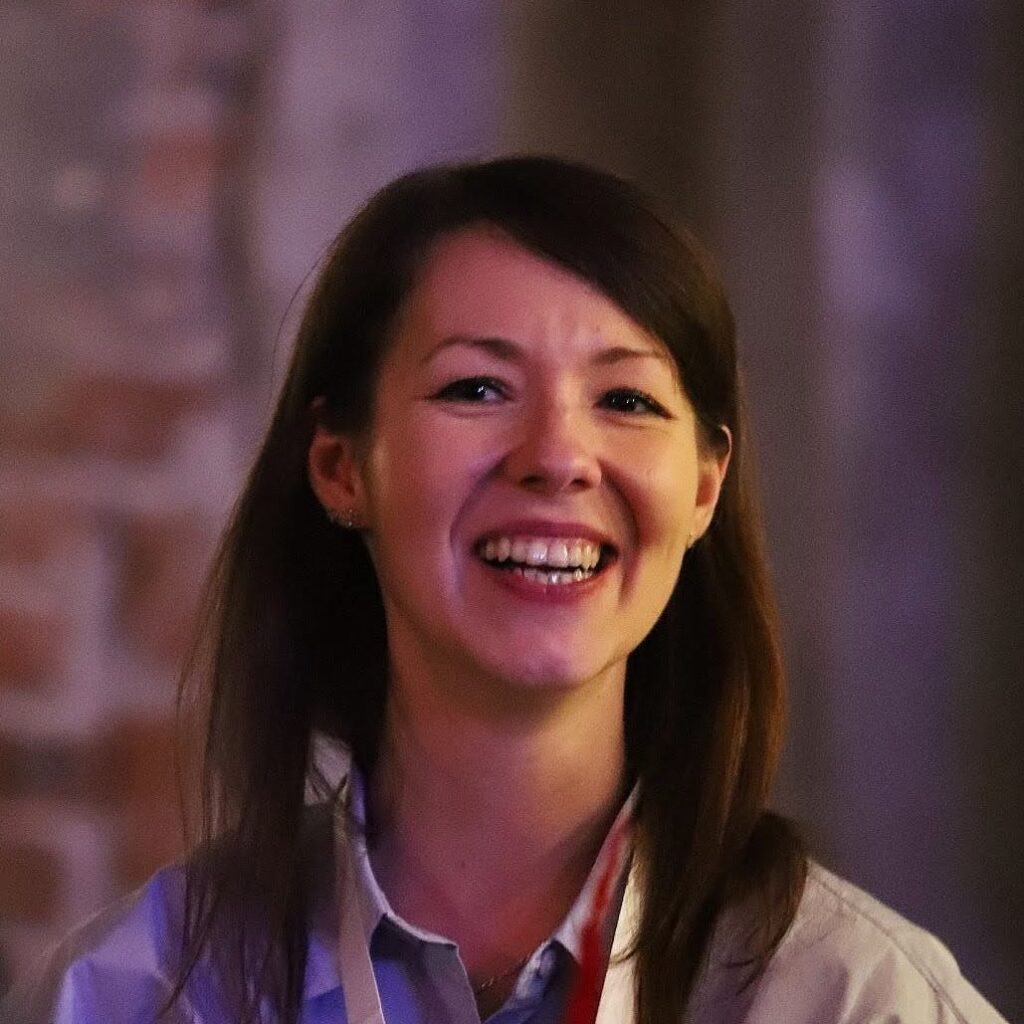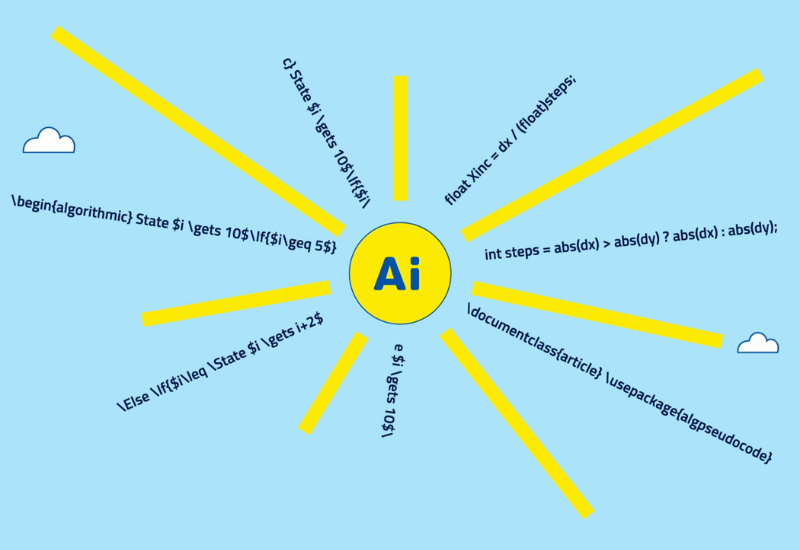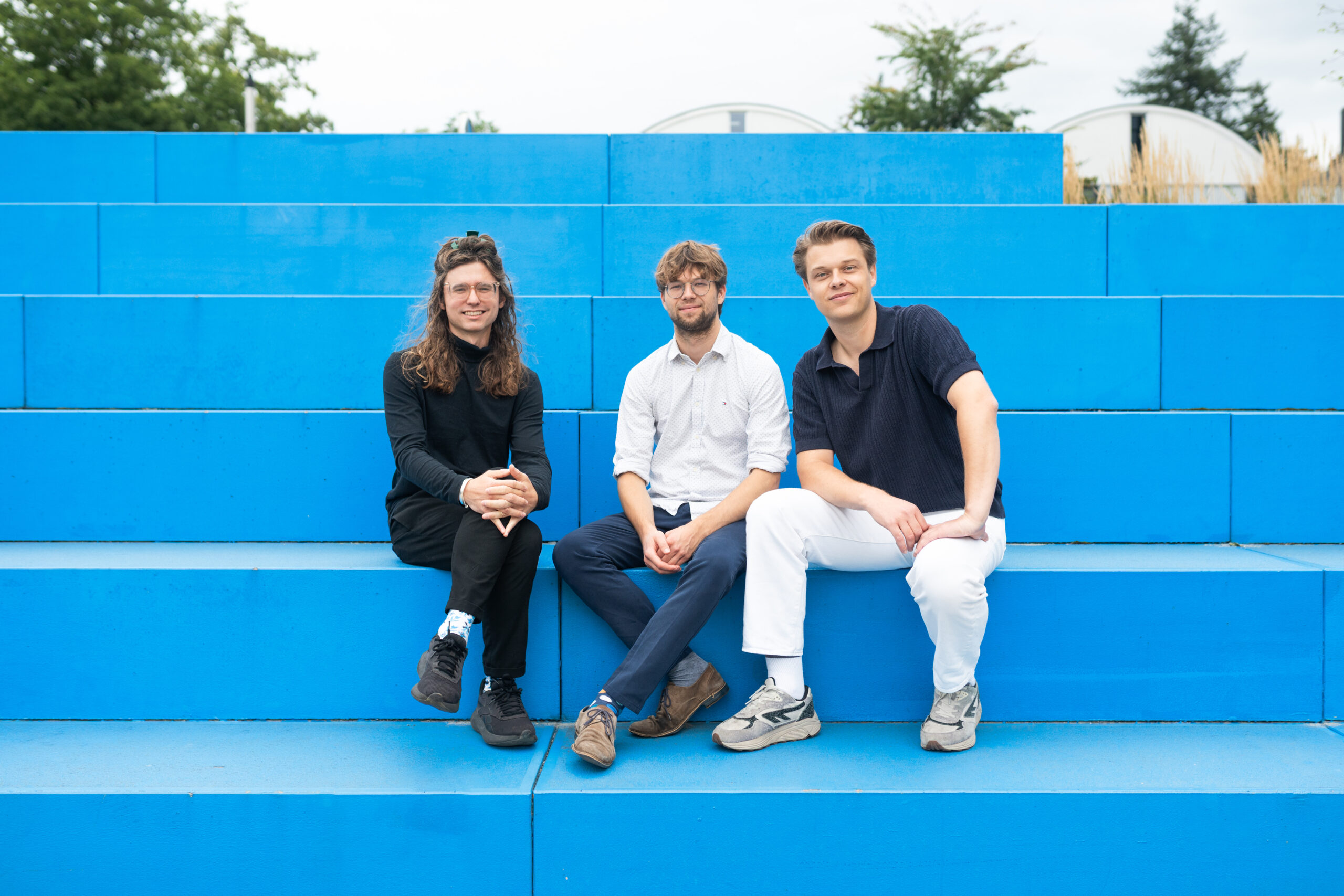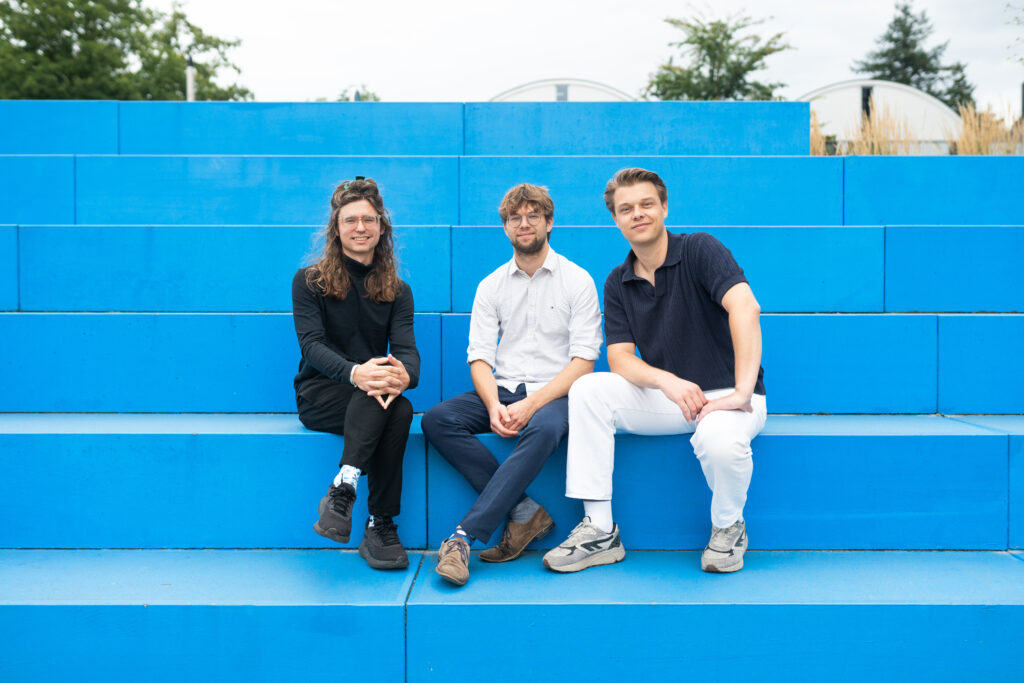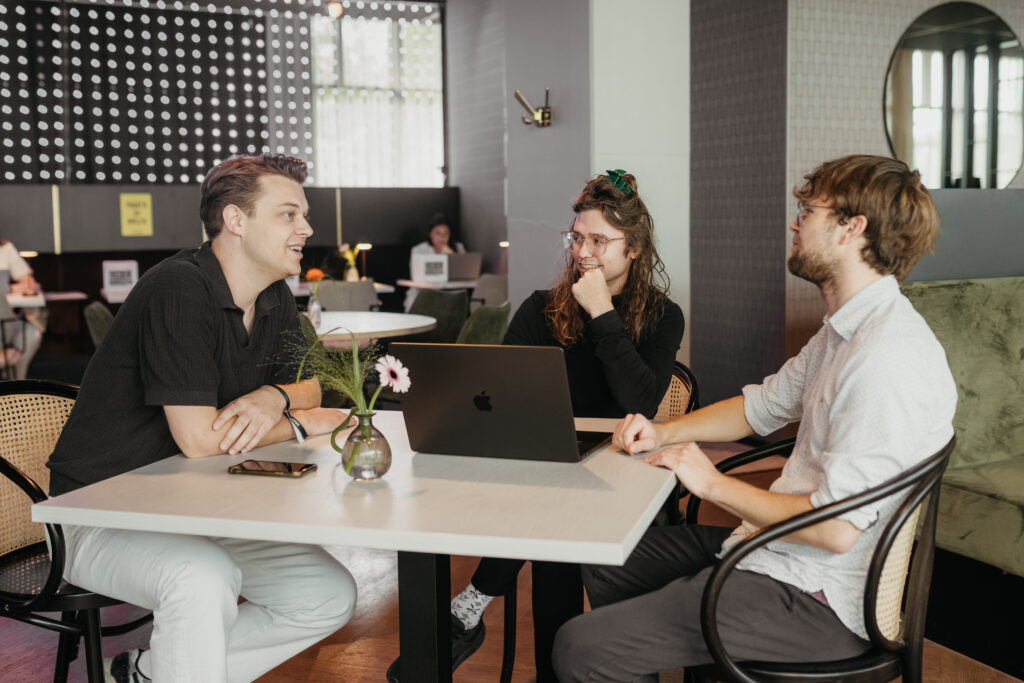Based on a conversation with Dima Syrotkin, founder of Pandatron.
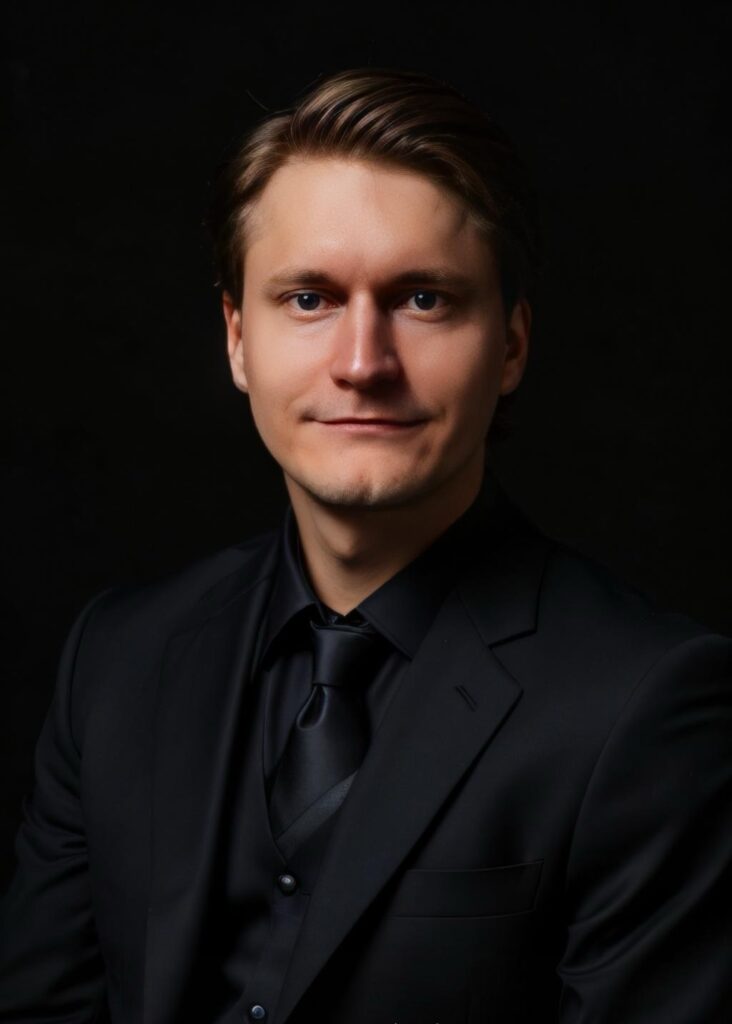
Dima Syrotkin’s journey into entrepreneurship didn’t start with some great purpose. No sudden flash of insight, no gnawing need to solve a specific problem. He simply looked at [his] life, and decided that he wanted to have a positive impact on the world.
With that north star set, he followed his interests. An enduring, heartfelt interest in human development got him curious about organizational development, which in turn led him to - in his words - the most fascinating problem in the professional world: change management.
What is change management? Effectively, strategy execution. And right now Pandatron is focused on the most pertinent strategy of our time: AI. 95% of AI pilots fail per MIT report. That costs 28B+ USD.
Today, his company Pandatron is writing the new playbook on change management. Its AI-coach brings personalized support to each employee, while anonymized reports give leaders an accurate sense of what’s actually happening on the ground during organizational transformations.
The Innovation: Managing Change Better With AI Coaching
70 to 80% of corporate change management programs fail. That’s a stunning percentage; the combined yearly spend on these programs numbers in the billions of euros. The cause is not technological. Consider the case of buying and implementing a new CRM system, or - today's hot topic - realizing AI adoption throughout an organisation. No matter how good the software or the technical aptitude of the implementation consultants, most of these projects fail due to pushback from employees.
To tackle this problem, which Dima refers to as “ignoring the human side of innovation”, Pandatron has built an AI change agent. Rather than broad datasets, it’s trained on exclusive content from top experts, therapists and coaches, and further tuned to the specifics of each company.
The key functionality is two-fold:
- The AI model speaks with each of the thousands of employees that make up the enterprises of this world during periods of change. It helps them understand why a transformation is taking place, alleviates concerns, and provides individualized coaching along the way.
- It gathers data from these conversations, anonymizes and analyses it, and provides reports to the management layer. This helps leadership better understand where people are struggling, where they need more support, and what's at the core of the challenges.
"We already know that the old playbook - endless email chains, impersonal trainings, pretty powerpoint presentations - doesn’t change behavior, so many enterprises stopped investing altogether. But that’s the wrong lesson."
"AI introduces lightweight tools that deliver outsized impact for the cost. Without it, some of the boldest innovations will remain a slide in a deck instead of becoming reality. I can’t let that happen."
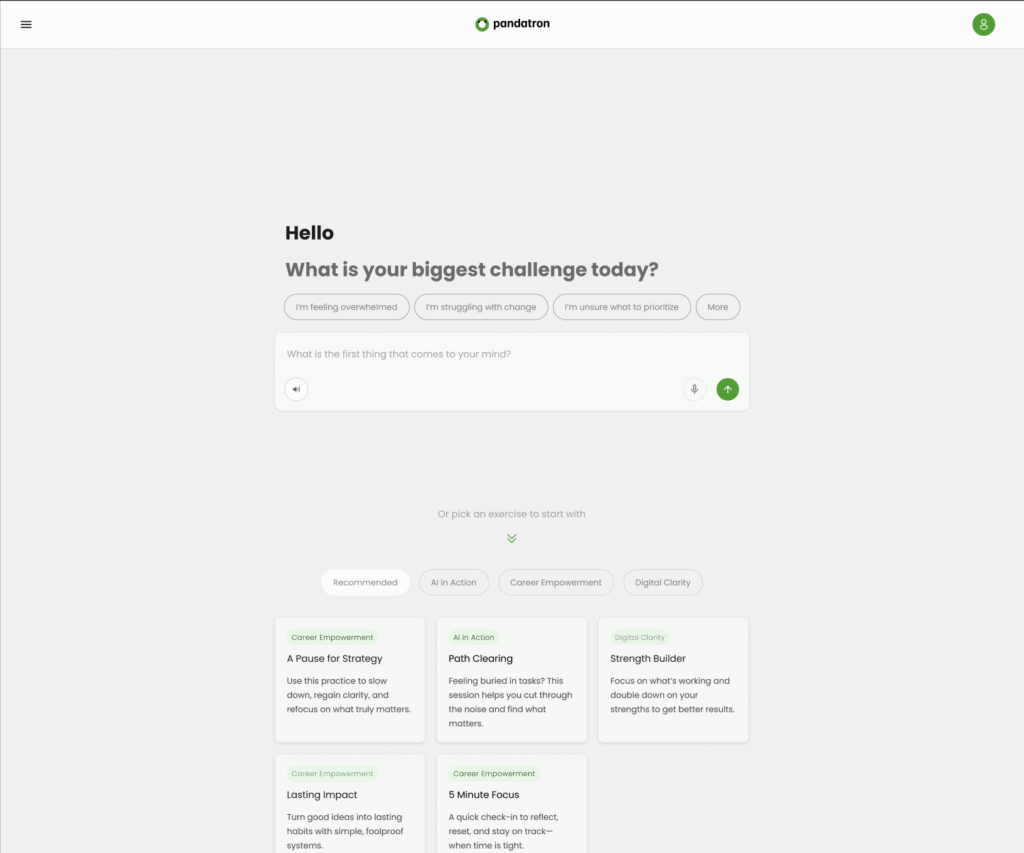
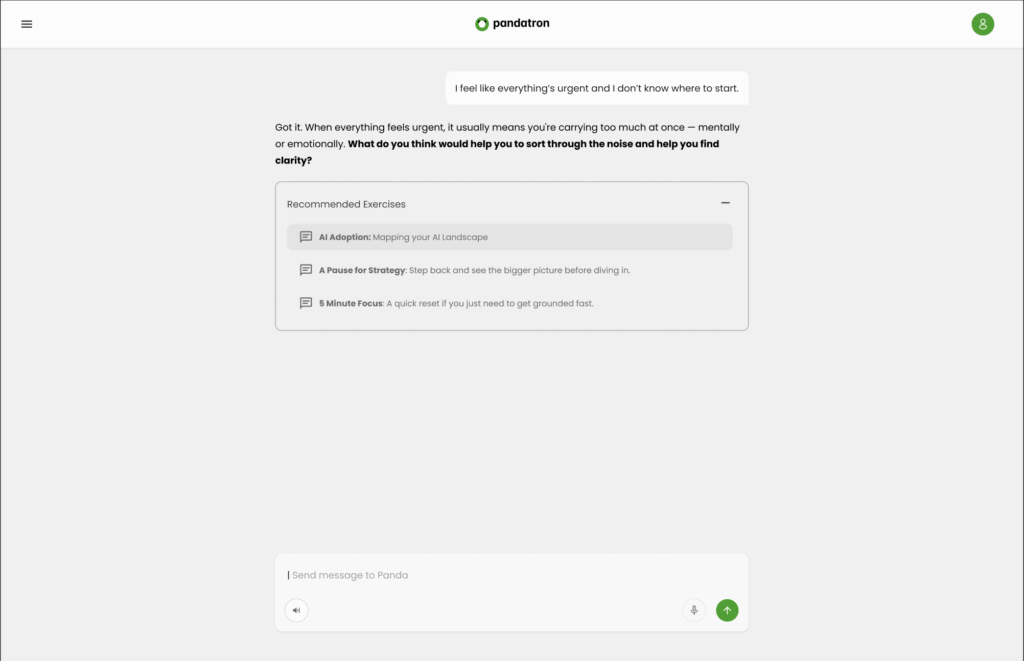
Real-World Impact: Democratizing Access To Professional Coaching
Pandatron is already seeing major usage in the real world across a swathe of industries. Their customers are large enterprises that deploy their change management solution to support hundreds of thousands of employees.
Skanska, one of the largest construction companies out of Sweden with global operations, told Dima that they achieved similar results to previous corporate training programs, only three times faster. Other notable names include Panasonic, Merck, SAP, Universal, and Mitsubishi.
Practically unlimited scale is another major advantage for Pandatron. “The accessibility of our technology, in terms of cost and usability, is a game changer (pun intended) for the change management industry”, says Dima.
“Historically, coaching and executive were typically used in the same sentence due to the premium prices professional coaching services fetch. Thanks to AI, we‘re suddenly able to provide the same level of support to thousands of people across organizations - without significantly raising the total cost.”
Positioning this offering as a challenger to classic management consultancies like McKinsey would likely raise eyebrows and shut doors. So Pandatron took a different path: they opted for a growth strategy that relies on partnering with these globally entrenched firms instead. It’s proven successful, as their solution is already in use across North America, Western Europe, and even Japan.
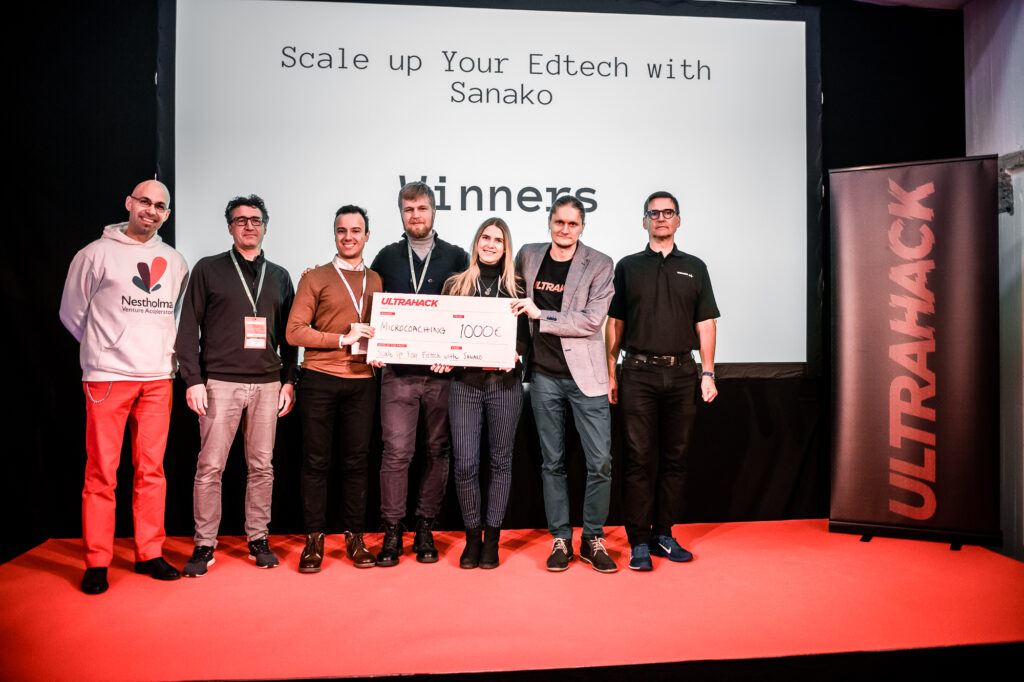
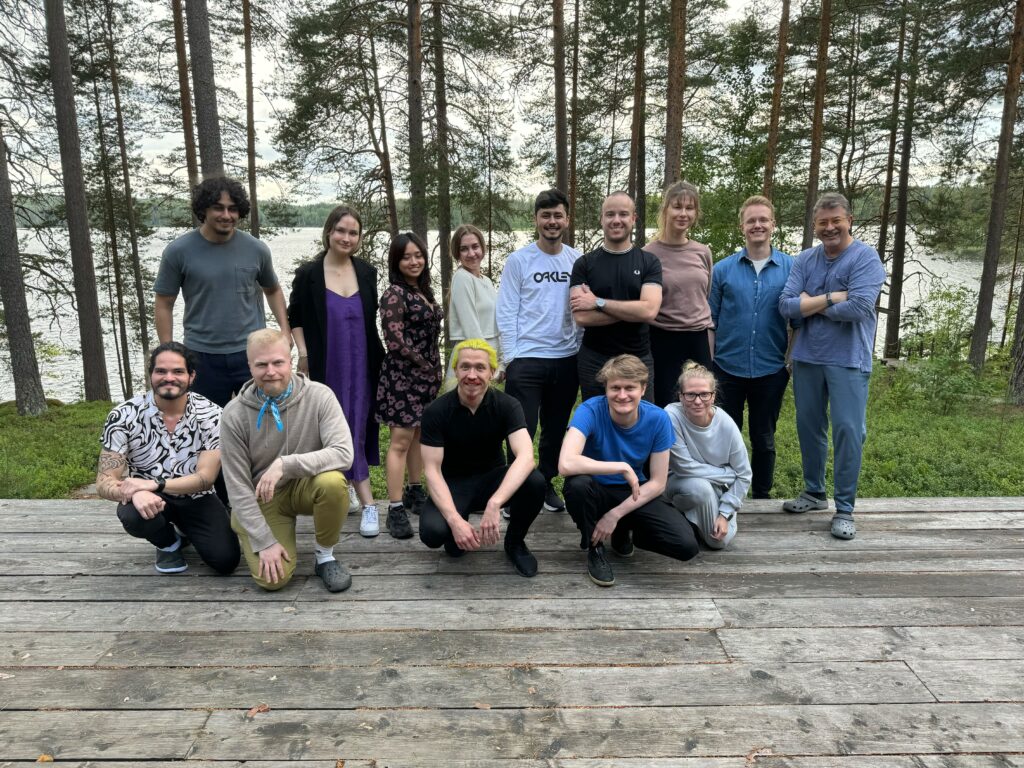
Better Development Through Listening
In 'The Listening Society', author Hanzi Freinacht describes how societies and governments need to pay attention to how the psychological development of their citizens is evolving. In very simple terms, it advocates for tools like therapy to be in every school and organization. This idea really shaped Dima’s thinking. “I feel that it’s just so important, and in many ways what we're doing with our product is kind of very similar,” Dima muses. “We’re just applying it to a very particular problem.”
Perhaps the most crucial realization for Pandatron was counterintuitive. “We expected people to be hesitant to speak on their challenges with a machine.” Dima recalls, “Instead we found that they actually feel way more comfortable than when speaking to a human. People don’t feel judged by Panda [the AI coach], and so they have an easier time opening up and discussing their true concerns and challenges. This was frankly mind-blowing, and made us realize that we were sitting on some real gold."
Another concept that increasingly occupies his mindspace is ethical behaviour, even in for-profit companies. And it’s especially important in the AI space. For example, Dima swears by Claude. Not just because he thinks it’s a better model than ChatGPT, but also because Anthropic appears to be a highly principled company.
“Artificial Intelligence should be used to foster human development”, Dima explains, “It shouldn’t be engineered to maximize usage, but rather help you find the next thing required to unlock [more of] your potential.” That belief is foundational to Pandatron’s product. It focuses on coaching through asking people questions and helping them reflect.
Creating Resilient Institutions
Dima sees the tremendous government support as a major advantage for European startups, one that American counterparts don’t have. Startups more often than not fail, so tapping into the resources offered by the EIT AI Founders Club was a prudent and logical move. Both the community and funding have made a noticeable, positive difference for both his personal and his company’s growth.
Looking ahead, Pandatron’s founder and CEO envisages a feature where companies don’t spend decades in the Fortune 500 only to be suddenly outcompeted by newer, more innovative companies. Instead, he wants to help create institutions that really not just survive but also thrive, that can successfully reinvent themselves time and time again. Something that he hears is deeply needed, especially in Europe.


